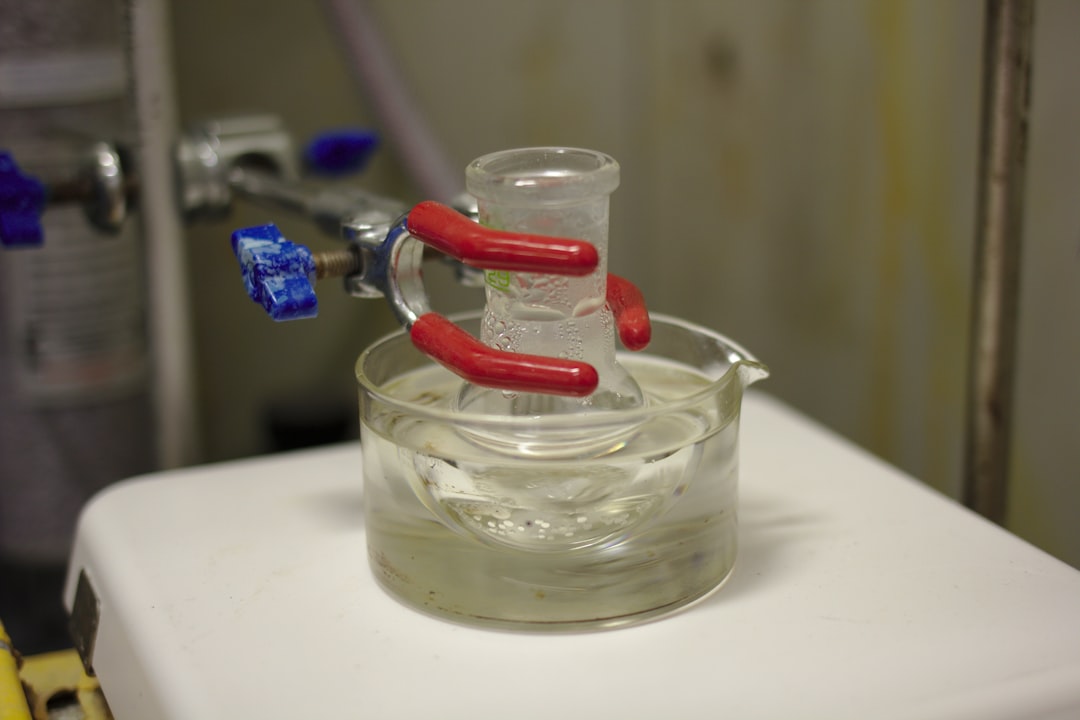What is it about?
A review article on the synthesis of bioactive organic scaffolds or motifs via microwave-assisted synthesis. This review contains a chronological arrangement (from 2010 - 2021) of the synthesis of organic scaffolds according to their bioactivity. This article also delivers the benefits of using the microwave irradiation technique over the traditional heating procedures to perform organic synthesis.
Featured Image

Photo by Chromatograph on Unsplash
Why is it important?
This article explains the benefits of using the microwave irradiation technique over the traditional heating procedures to perform organic synthesis. Also, it summarizes the methods of the synthesis of diverse bioactive scaffolds according to their biological activity. This will help to get several findings in a single paper and researchers get lots of benefits in developing novel and innovative schemes.
Perspectives
While writing this article I have learned a lot of things. This helped me to enhance my writing skills and also help me in finding a good kind of publications and material from the vast pool of research articles. This article helped me to understand the benefits of the use of microwave irradiation techniques to perform organic reactions. While writing this article I have come across several bioactive scaffolds having very good bioactivity and by that inspiration, I have then worked on a few structural bioactive motifs as of research work.
ASHISH KHANNA
Banaras Hindu University
Read the Original
This page is a summary of: Exploiting Microwave-Assisted Organic Synthesis (MAOS) for Accessing Bioactive Scaffolds, Current Organic Chemistry, October 2021, Bentham Science Publishers,
DOI: 10.2174/1385272825666210531103927.
You can read the full text:
Contributors
The following have contributed to this page










